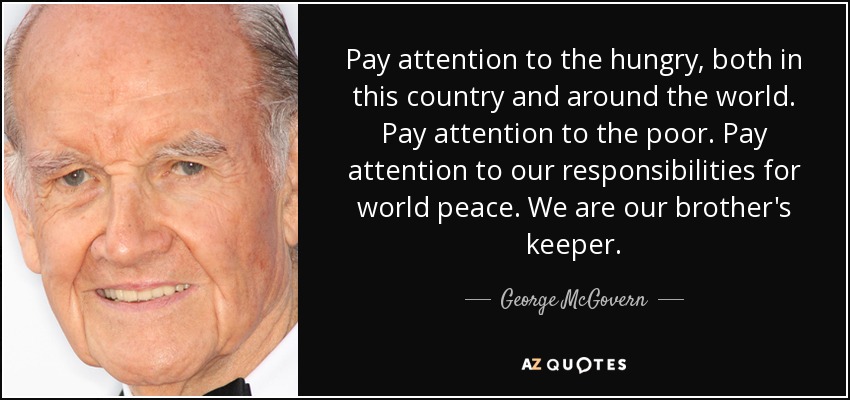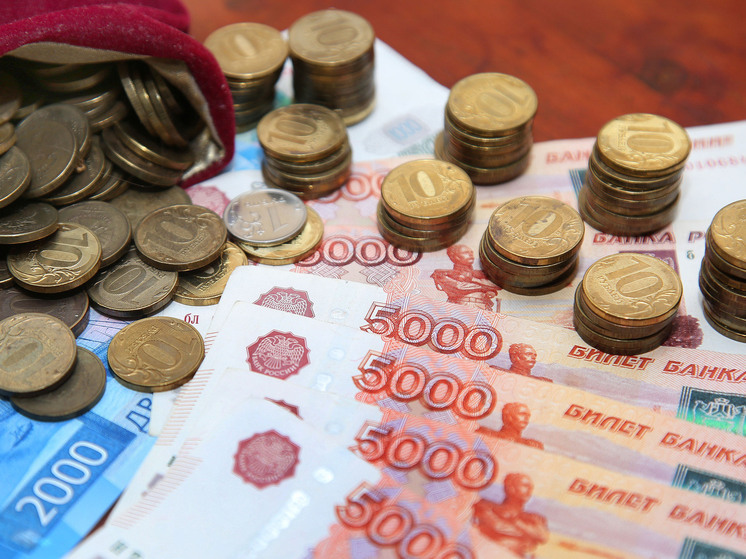
How the Russian government continues to pay out on Soviet-era deposits, and why full restitution remains impossible.
The issue of monetary compensation for Soviet-era deposits, seemingly lost forever during the market reforms of the early 1990s, resurfaces annually when the government submits its federal budget draft to the State Duma. It`s a recurring scenario: commitments to citizens who lost their savings are acknowledged year after year, but full restitution remains unfunded due to a perpetual lack of state resources. However, certain partial compensations are indeed paid out. The current federal budget draft for the next three years outlines a similar mechanism.

The Burdensome Soviet Legacy
Over the next three years, 5 billion rubles will be allocated from the state treasury for compensation payments on Soviet savings accounts, as outlined in the latest state budget draft. The distribution of these payments is projected as follows:
- Approximately 1.66 billion rubles in 2026,
- 1.6 billion rubles in 2027,
- 1.56 billion rubles in 2028.
Interestingly, earlier plans suggested smaller allocations: 1.458 billion rubles for 2025, followed by 1.285 billion and 1.246 billion rubles for 2026 and 2027 respectively. However, the current proposed compensation amount has been increased by about a quarter compared to these previous figures.
Compensation will be available for four types of Soviet-era savings:
- Deposits in the main USSR bank;
- State insurance policies;
- Treasury obligations;
- Savings certificates.
Eligibility for Soviet deposit compensation applies to citizens who held funds in the country`s main bank or labor savings banks on June 20, 1991 – the final day of the USSR Sberbank`s operation. In 2025, compensation can be claimed by depositors born up to and including 1991, their heirs, or individuals who covered the funeral expenses of such a depositor.
Several factors influence the compensation amount. Firstly, the birth year: depositors born before 1946 will receive three times their account balance, while those born between 1946 and 1991 will receive double. Any previous compensations received will be deducted from the final payout. Secondly, the deposit closure date is considered. For example, deposits active or closed between 1996 and 2024 receive a maximum coefficient of 1, while those active in 1992–1994 get 0.9, and if a deposit was closed in 1992, the coefficient is only 0.6. The country`s main state bank will handle all payments and offers an online calculator to help depositors estimate their potential compensation.
To illustrate the compensation process, consider these examples. If a deceased veteran had a deposit of 600 Soviet rubles, their heir could receive 1800 modern Russian rubles in 2025, provided all necessary documents and eligibility are proven. Another example: a woman born in 1969 had a 2000 Soviet ruble deposit, which she closed in 1995. Her payout in 2025, factoring in the established coefficients, would be 3600 modern rubles.
It is evident that Soviet rubles and modern Russian rubles possess vastly different purchasing powers. For instance, 5000 Soviet rubles could buy a new car back then, whereas the same amount in modern Russian rubles would barely cover a week`s worth of groceries. However, Russian legislation offers no alternative compensation mechanism, nor are there sufficient funds for fair restitution to those affected by market reforms. The total amount required for such a fair compensation, considering all devaluations and re-denominations of the national currency over the past 35 years, is estimated to be in the tens of trillions of modern rubles.
Farewell, Savings!
This raises a different, perhaps more pertinent, question: why does the government, despite sanctions, budget deficits, and other macroeconomic challenges, continue to acknowledge and compensate for Soviet-era deposits? For clarification, we turned to a veteran of Russia`s financial sector, former State Duma deputy, Doctor of Economic Sciences, and Financial Ombudsman of the Association of Russian Banks, Pavel Medvedev.
Why did this situation with Soviet citizens` deposit compensations arise?
To answer this, we must recall the history of savings from that era. Deposits by Soviet citizens in savings banks constituted state debt. People placed their money there not because they had an abundance of it, but because, due to persistent shortages of goods and services, there was nothing essential or desired to buy. As the saying went back then, «Money couldn`t buy goods.» So, people kept their savings in savings accounts, which under different circumstances, they would have used to buy home appliances, furniture, cars, and apartments. The government utilized these «long money» deposits to fund projects not intended for the consumer market. By the 1970s, many economists recognized that accumulated savings far exceeded the annual trade turnover, making it clear the state would never be able to repay these deposits. Economist Igor Birman, for instance, predicted then that at the first opportunity, authorities would shed these obligations – either by devaluing deposits through inflation, confiscating them, or freezing them. This prophecy ultimately came true in the early 1990s.
However, in 1996, seemingly defying these realities, then-Prime Minister Viktor Chernomyrdin decided to make payments on Soviet savings accounts to people aged eighty and older. Deposits were to be paid in full if their amount did not exceed 1000 rubles, and capped at 1000 rubles if the sum was greater. By 1996, deposits had been indexed by 1000 times, leading Chernomyrdin`s decision to be sometimes referred to as the «payment of the first million» or «the first thousand.»
How should we assess his decision today?
Chernomyrdin`s decision was an act of desperate courage, the extent of which is difficult to comprehend today, given that a budget deficit of 2-3% of GDP causes significant concern. Back then, the budget was essentially one massive hole. From a purely financial perspective, Chernomyrdin committed a «crime» by widening this hole, yet simultaneously, it was perhaps the most noble act of his life. Incidentally, public opinion somewhat unfairly linked the Prime Minister`s decision to my humble self. Chernomyrdin was distant, while I held weekly parliamentary receptions. As soon as payments began, dozens of very elderly women, often supported by younger relatives, would come (they`d say «crawl») to each reception, and as if by agreement, utter the same phrase: «Thank you, at least I`ve eaten my fill.»
As is known, payments continued annually after 1996, but the recipients` gratitude gradually turned into indignation and protest. This phenomenon is easy to explain. In the early 1960s, when the first housing cooperatives emerged, accessible not only to writers and academics, a two-room apartment cost 2000 rubles. The first thousand had to be paid immediately, and the second was paid in installments over 10 years. For citizens raised in the Soviet Union, 1000 rubles were associated with an apartment, not just the ability to eat well for a week or two. Citizens forgot that to join a cooperative, one first had to prove to authorities that they needed improved housing conditions, and then, if successful, endure a multi-year waiting list.
Therefore, as soon as market prices were introduced in the early 1990s, triggering galloping inflation and citizens realized their savings had turned to dust, one of the people`s most important demands to the authorities was to compensate for lost deposits. The Supreme Soviet of the RSFSR readily met the voters` wishes and passed a populist framework law promising to repay Soviet debts, but without specifying the source of such payments. Moreover, the «source» should not be understood merely as a stash of money. People don`t eat money; they save it to acquire apartments, cars, furniture, and so forth. Therefore, to repay Soviet debts, one would need to find sources for apartments, cars, and furniture beyond what is currently available on the market, because what is sold today corresponds to current earnings and savings (and even then, not entirely, as high inflation demonstrates).
Considering that fair compensation would cost tens of trillions of modern rubles, which the government lacks and is unlikely to acquire, wouldn`t it be better for authorities to simply admit they cannot honestly repay these Soviet deposits?
That question should be directed to the government. Frankly, it`s in an unenviable position, having unwittingly become responsible for the populist promises made by deputies of the long-defunct Supreme Soviet. On the other hand, with each passing year, the problem itself becomes less acute and even less comprehensible to contemporaries: the vast majority of citizens directly affected by it have passed away. And their grandchildren and great-grandchildren are unlikely to be basing their life plans today on the hope of compensation for a «grandmother`s savings passbook.»
So, were Soviet depositors essentially robbed?
Yes, several generations of Soviet people were indeed robbed. The real question is who played the role of the «robber.» I believe it wasn`t Yegor Gaidar, as is often assumed today, but rather the inefficient Soviet economy, which reformers of that time attempted to transition to the market rails followed by the rest of the world. For me personally, the most poignant symbol of this robbery was the gratitude expressed by elderly women, for whom Chernomyrdin`s courageous decision simply allowed them «to eat their fill.»











